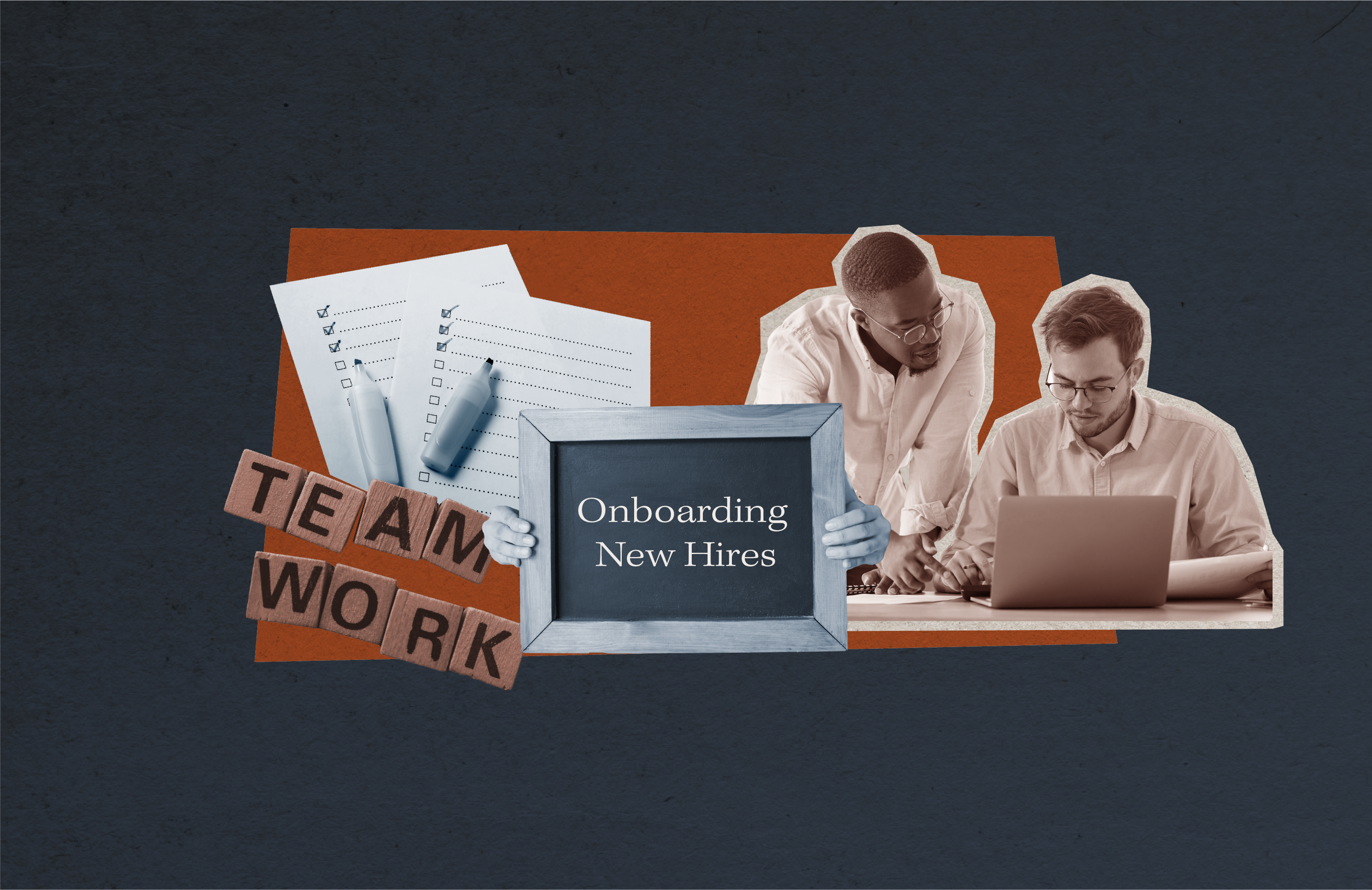What to do after you’ve hired someone? HR Consultant Judy Slutsky’s six great tips for onboarding productive, engaged & loyal team members.
You’ve gone through the recruiting process and hired a great new employee. You’re home free, right? As Judas Priest says, you’ve got another thing coming. In fact, you’re just getting started. If you want your all-star hire to become an all-star employee, you’re going to need a well-run onboarding process. This is easier said than done. Fortunately, HR Consultant Judy Slutsky knows a thing or two about that. She graciously provided us with six great tips for getting off on the right foot. Here’s what to do after you’ve hired somebody.
1. Stop: Let an Onboarding Document Be Your Guiding Light
Before the new hire shows up for their first day, you should already have a plan on the books. Rather than wing it, you’ll want to lay out your onboarding process, so that nothing is left to chance. Develop a well-written document, which should include details from the job description as well as desired responsibilities, skills, and competencies.
Certain baseline skills are needed before additional ones can be learned, so it’s important to order your schedule logically.
“Determine what parts of the onboarding process are foundational and start from there,” advises Slutsky. “Be specific about which skills should be gained in the first three months and conduct a review at that time.”1
2. Collaborate: Onboarding Should be a Team Responsibility
While it’s often tempting to make onboarding a new employee the sole responsibility of their direct manager or supervisor, this is a mistake. The role is too heavy for one person, so an organization-wide effort is needed.
Not only will dividing the work lighten the load, it will also provide the new employee with a better perspective of the big picture.
“In most cases, one person cannot teach them all of the things a new employee will need to know,” Slutsky says. “There are a lot of people in an organization that have knowledge of culture and best practices, so if onboarding relies on one or two people, it’s not a true depiction of an organization.”
3. Listen: Leverage the Experience of New Hires
Onboarding means helping a new employee understand how things work within your organization, but it doesn’t have to end there. The process can be a two-way street.
“New employees come from many different professional backgrounds and have lots to share, so it’s really important to give them the opportunity to do so,” says Slutsky. “Obviously they’re going to have to align their past experiences with their new employer’s way of doing things, but they were hired for a reason; if they have different perspectives or ways of looking at things, it’s a mistake not to listen.”
According to Slutsky, this give and take will not only result in potential process improvements, but will also hasten the employees integration into the company.
“People who are given the opportunity to share and be a part of decision making will feel valued,” she says. “This will catapult their employee engagement.”
4. Get ‘em on Project Work Right Away
One way of getting people involved quickly is to include them in defined project work.By doing this, you’ll be inserting new hires into situations that require communication and accountability, which will expedite their onboarding process.
Companies that work remotely will derive even more value from these interactions.
“The majority of communication in an in-person setting is done informally,” says Slutsky. “In situations where this isn’t possible, it’s important to get people involved in collaborative work as soon as possible in order to facilitate the exchange of ideas and knowledge.”
5. Hire a Natural Learner
Even though the onboarding process should be formalized, the attitudes of those involved will shape the experience. With this in mind, it’s important to hire lifelong learners.
“Employees should be open to asking questions, learning, researching, and analyzing,” says Slutksy. “Those who proactively shadow people and take an active role in their own development will find their footing much more quickly than those who are reactive.”
6. Invest in Well-Considered External Development
External training and development is another key element to an employee’s success within a company, but it must be done correctly. It’s great to go out and get Supervisory Leadership Management training, but it’s a waste if it can’t be brought back and used internally.
“You need somebody, often HR, to ensure that the external training can be brought together with internal practice,” says Slutsky. “You must determine what the deliverables and outcomes are going to be and tie the curriculum into the job.”
Companies who invest time, energy, and collaboration into their onboarding process will reap the rewards in more ways than one. Not only will these efforts decrease the amount of time it takes for new employees to become productive, they’ll also boost engagement and retention. For these reasons, some proactive planning and execution is well worth the time!
If you’d like to explore HR consultation, schedule a complimentary call with Judy today!
Cited Sources
1 Direct communication with HR Consultant Judy Slutsky




